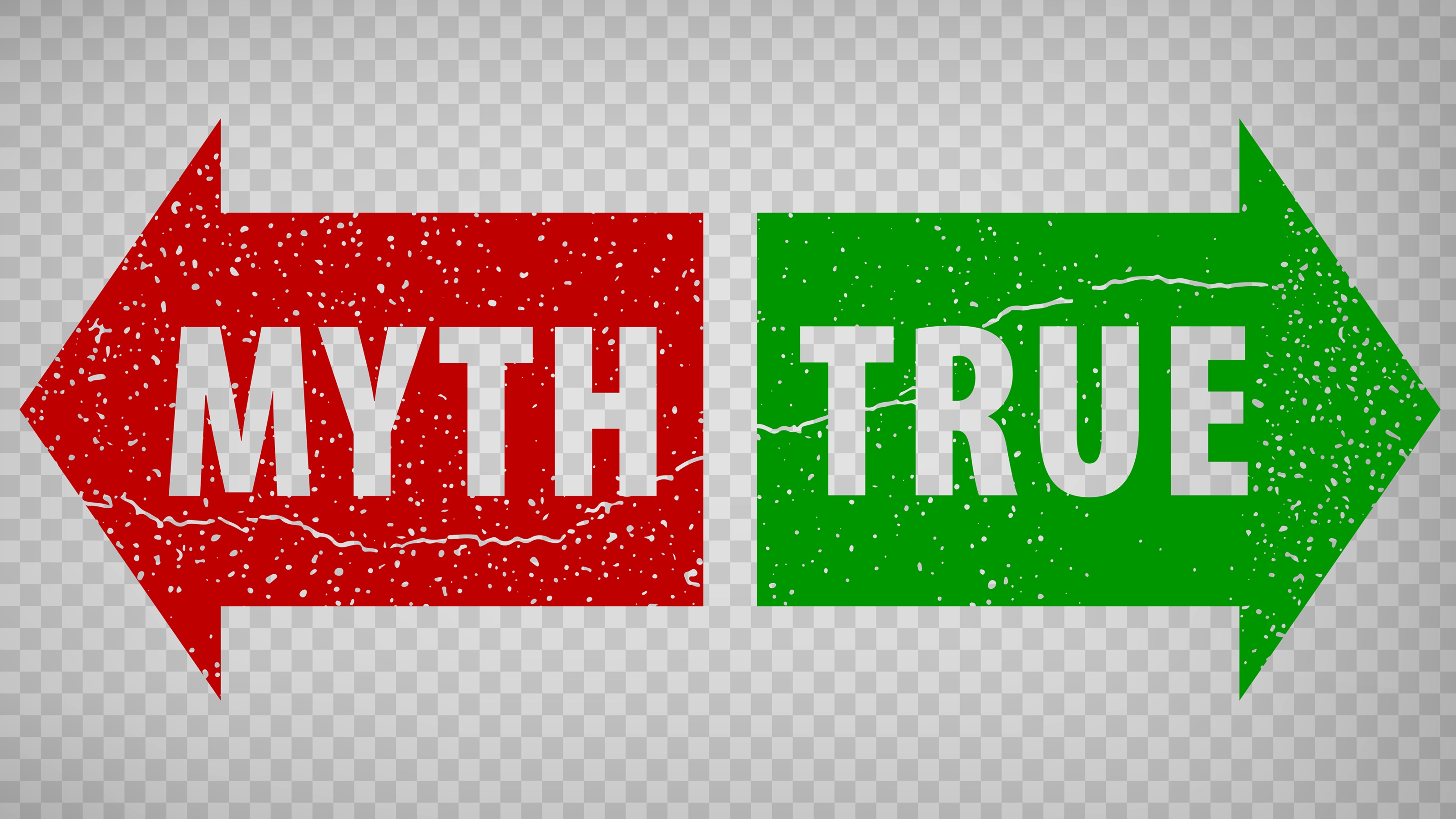How to Shop for Annuities Like You’re Buying a Car
Figuring out which annuity suits you best starts with knowing what you want the annuity to do for you. Like vehicles, there are lots of options and add-ons.


So, you’re interested in having guaranteed income as part of your retirement strategy and looking for sources beyond Social Security. That can lead to considering adding an annuity to your portfolio and wading into all of the different products out there. And there are so many annuities out there that it can feel overwhelming.
The thing about selecting an annuity is that everyone is seeking something different from adding an annuity to their portfolio. So there isn’t a one-size-fits-all solution.
Picking an annuity is sort of like buying a car — all car buyers are looking for a vehicle to get them from point A to point B. But there are so many considerations beyond that. Some factors are basic, like how many passengers it needs to transport. Others are more specific, like if you want heated seats or a sunroof. Annuities are similar in a way — they can help you get to and through retirement with varying features.
From just $107.88 $24.99 for Kiplinger Personal Finance
Be a smarter, better informed investor.

Sign up for Kiplinger’s Free Newsletters
Profit and prosper with the best of expert advice on investing, taxes, retirement, personal finance and more - straight to your e-mail.
Profit and prosper with the best of expert advice - straight to your e-mail.
Roles of annuities
Before you start looking at different products, you’ll want to think about what role you want an annuity to play in your portfolio. The way you want this asset to complement the rest of your financial portfolio can help in determining what kind of annuity may be appropriate and then which specific product may work well for you.
One common reason to add an annuity to a portfolio is to guarantee a portion of your retirement income. Still, there are other roles for an annuity to play. Depending on your life stage and how close you are to retirement, the role you want an annuity to play in your portfolio may differ. You may want a level of protection for some of your assets in an annuity so you can take greater risk elsewhere in your portfolio. You may be seeking ways to manage taxes or other risks to your retirement. You want to understand why you’re adding an annuity to your portfolio so you can pick one that can help address your needs.
Three types of annuities
Let’s go through some of the types of annuities and some considerations as you look at products. To be sure, you’ll want the guidance of a financial professional and a qualified tax adviser for any tax-related concerns before making a decision.
The main categories of annuities to consider are traditional variable annuities, registered index linked annuities (RILAs) and fixed annuities.
A traditional variable annuity offers growth potential through a range of investment options. The value of the annuity will depend on the performance of the investment options selected — the underlying investments may include equity, bonds or cash equivalents. This financial vehicle is designed to help with retirement and other long-term goals. Variable annuities offer guaranteed lifetime income, a death benefit (generally available during the accumulation phase) and tax-deferred growth potential.
A RILA straddles a level of protection and growth potential with gains or losses based on how a selected benchmark index performs over time. So, typically there is some protection when the selected index goes down and gains (generally limited by a cap or subject to a participation rate) when the selected index increases. RILAs offer the ability to participate in the growth of an index — although growth is based on the performance of an index, you are not investing directly in an index. There are various options for which index your product tracks.
Both traditional variable annuities and RILAs, which are also variable annuities, are subject to investment risk, including possible loss of principal. Investment returns and principal value will fluctuate with market conditions so that units, upon distribution, may be worth more or less than the original cost.
Fixed annuities are a more conservative option with the main goal of keeping your money protected while providing fixed interest. If you want or need the potential to earn more interest on that money, then you may want to consider a fixed index annuity (FIA). These financial vehicles offer a similar level of protection as a fixed annuity but with more accumulation potential through one or more selected benchmark indexes, similar to RILAs. To be sure, FIAs don’t offer the same level of potential gains as a traditional variable annuity or RILA, but they do involve less risk through its principal protection.
Check the features
Once you have worked with a financial professional to figure out what style of annuity may fit your needs, you’ll want to look at all the products and carriers within the type you want. Within these broad categories, products vary widely. While there are some aspects to a product that can easily be compared — like rates and caps — many features or potential benefits available through additional riders (which may incur an additional cost) could make one product a better fit over another.
Some products offer buffers against index losses or an ability to lock in potential gains. Some may add optional death or living benefit riders that may also incur an additional cost.
Questions you’ll want to consider:
- What flexibility will the annuity offer to withdraw money?
- What levels of protection does it offer?
- How will this product help address risks to my retirement like inflation and market volatility?
- What is the financial strength of the annuity provider?
It’s important to take a holistic view of these products as you review them with the guidance of a financial professional and tax adviser, as applicable. They can help you sort through the products to find one that may be appropriate for your personal financial situation, because there is no one-size-fits-all “best” annuity. The appropriate annuity is the one that will help meet your needs and attain your retirement goals.
Any distributions are subject to ordinary income tax and, if taken prior to age 59½, a 10% federal additional tax.
Exercising an index lock may result in a credit higher or lower than if the index lock had not been exercised.
Guarantees are backed by the financial strength and claims-paying ability of the issuing company. Variable annuity guarantees do not apply to the performance of the variable subaccounts, which will fluctuate with market conditions.
Products are issued by Allianz Life Insurance Company of North America and distributed by its affiliate, Allianz Life Financial Services, LLC, member FINRA, 5701 Golden Hills Drive, Minneapolis, MN 55416-1297. 800.542.5427 www.allianzlife.com This content does not apply to the state of New York.
Related Content
- Annuity Payments Are 30% to 60% Higher: Time to Reconsider
- Annuities Provide Peace of Mind and Lifetime Income
- Too Heavy in Stocks? Annuities Could Be a Rebalancing Option
- Advisory Annuities Let You Eliminate the Middlemen
- Three Steps Help Ensure Your Money Lasts in Retirement
Profit and prosper with the best of Kiplinger's advice on investing, taxes, retirement, personal finance and much more. Delivered daily. Enter your email in the box and click Sign Me Up.

Kelly LaVigne is vice president of advanced markets for Allianz Life Insurance Co., where he is responsible for the development of programs that assist financial professionals in serving clients with retirement, estate planning and tax-related strategies.
-
 The Rubber Duck Rule of Retirement Tax Planning
The Rubber Duck Rule of Retirement Tax PlanningRetirement Taxes How can you identify gaps and hidden assumptions in your tax plan for retirement? The solution may be stranger than you think.
-
 No Passport? No Problem. Seven US Getaways That Feel Like an International Vacation
No Passport? No Problem. Seven US Getaways That Feel Like an International VacationFrom Puerto Rico’s Caribbean flair to Santa Fe’s old world charm, these American destinations deliver a global travel experience — without the hassle of customs or currency exchange.
-
 I'm a Financial Planner: If You're Within 10 Years of Retiring, Do This Today
I'm a Financial Planner: If You're Within 10 Years of Retiring, Do This TodayDon't want to run out of money in retirement? You need a retirement plan that accounts for income, market risk, taxes and more. Don't regret putting it off.
-
 Five Keys to Retirement Happiness That Have Nothing to Do With Money
Five Keys to Retirement Happiness That Have Nothing to Do With MoneyConsider how your housing needs will change, what you'll do with your time, maintaining social connections and keeping mentally and physically fit.
-
 Budget Hacks Won't Cut It: These Five Strategies From a Financial Planner Can Help Build Significant Wealth
Budget Hacks Won't Cut It: These Five Strategies From a Financial Planner Can Help Build Significant WealthCutting out your daily latte might make you feel virtuous, but tracking pennies won't pay off. Here are some strategies that can actually build wealth.
-
 To Unwrap a Budget-Friendly Holiday, Consider These Smart Moves From a Financial Professional
To Unwrap a Budget-Friendly Holiday, Consider These Smart Moves From a Financial ProfessionalYou can avoid a 'holiday hangover' of debt by setting a realistic budget, making a detailed list, considering alternative gifts, starting to save now and more.
-
 Treat Home Equity Like Other Investments in Your Retirement Plan: Look at Its Track Record
Treat Home Equity Like Other Investments in Your Retirement Plan: Look at Its Track RecordHomeowners who are considering using home equity in their retirement plan can analyze it like they do their other investments. Here's how.
-
 Why Does It Take Insurers So Darn Long to Pay Claims? An Insurance Expert Explains
Why Does It Take Insurers So Darn Long to Pay Claims? An Insurance Expert ExplainsThe process of verification, investigation and cost assessment after a loss is complex and goes beyond simply cutting a check.
-
 Two Reasons to Consider Deferred Compensation in the Wake of the OBBB, From a Financial Planner
Two Reasons to Consider Deferred Compensation in the Wake of the OBBB, From a Financial PlannerDeferred compensation plans let you potentially lower your current taxes and help to keep you out of a higher tax bracket. It's important to consider the risks.
-
 Financial Fact vs Fiction: The Truth About Social Security Entitlement (and Reverse Mortgages' Bad Rap)
Financial Fact vs Fiction: The Truth About Social Security Entitlement (and Reverse Mortgages' Bad Rap)Despite the 'entitlement' moniker, Social Security and Medicare are both benefits that workers earn. And reverse mortgages can be a strategic tool for certain people. Plus, we're setting the record straight on three other myths.